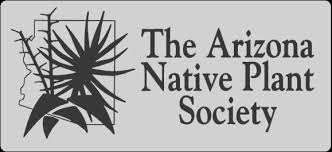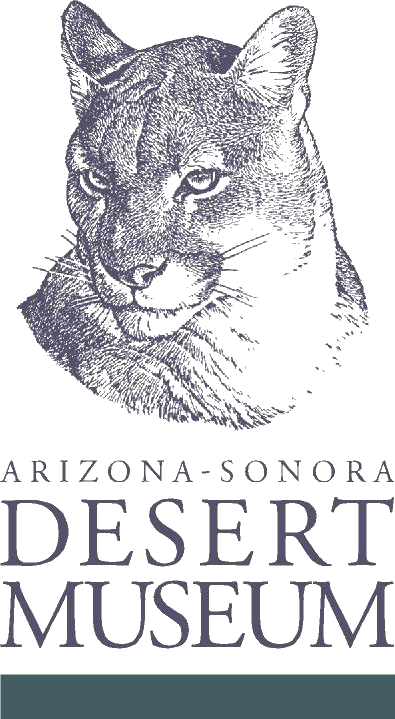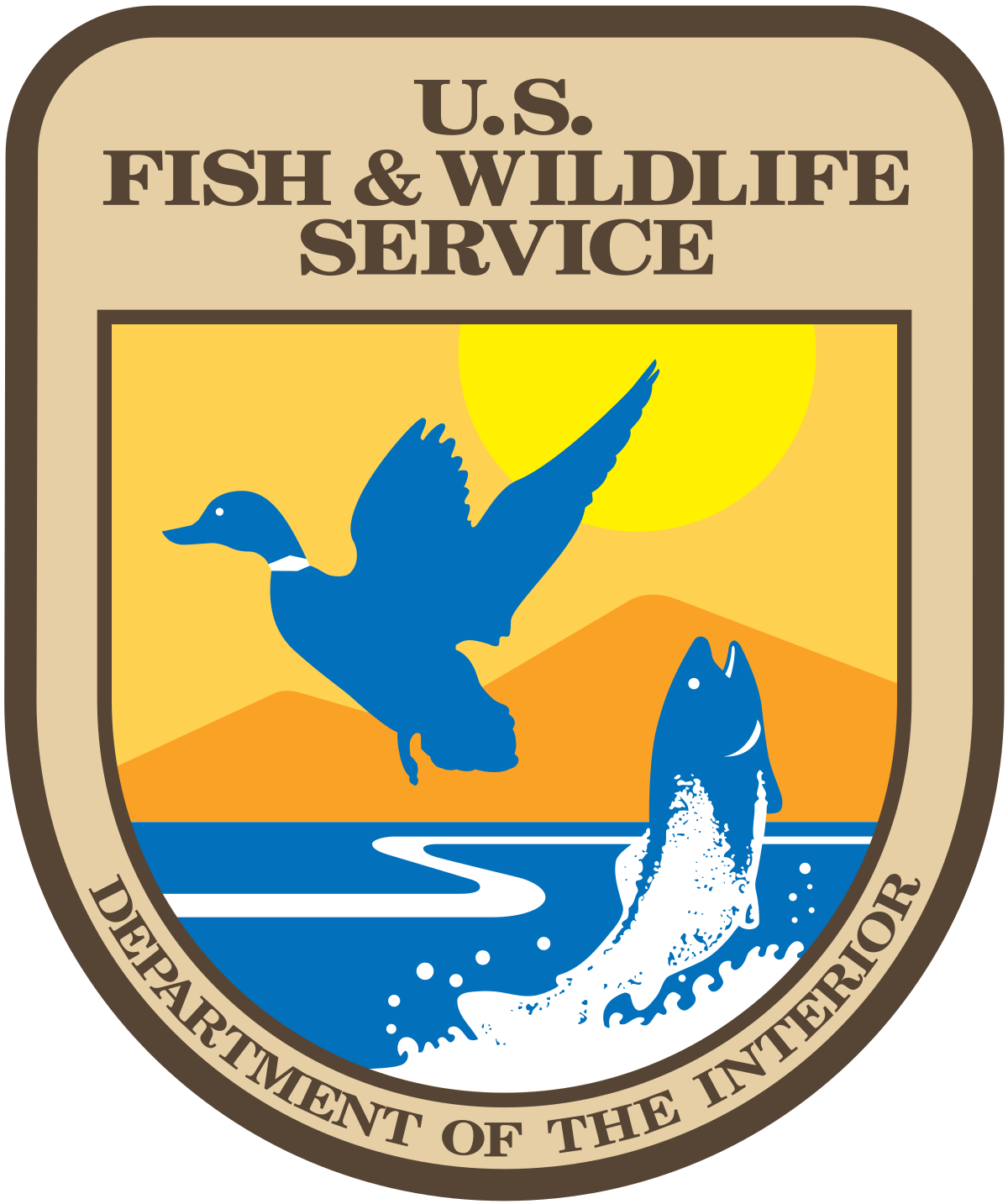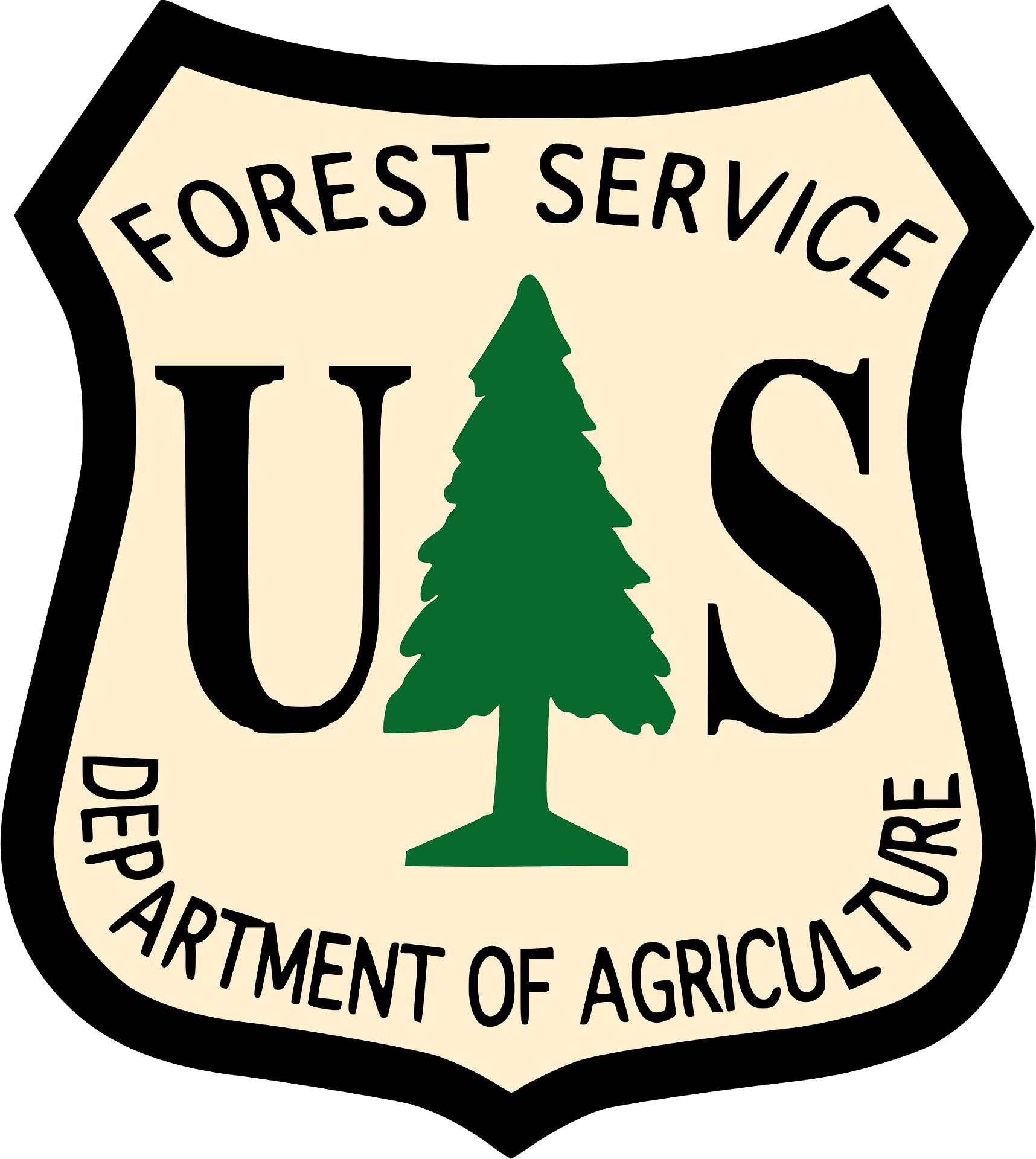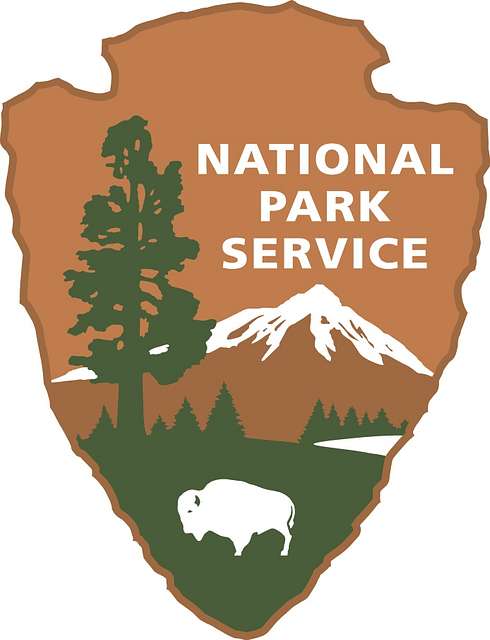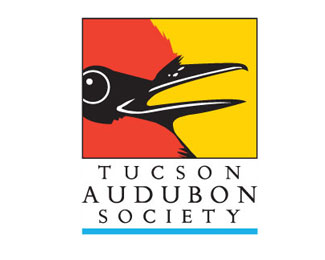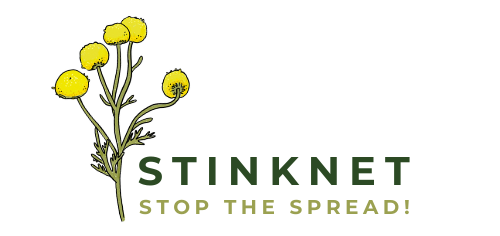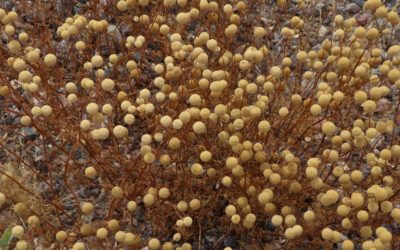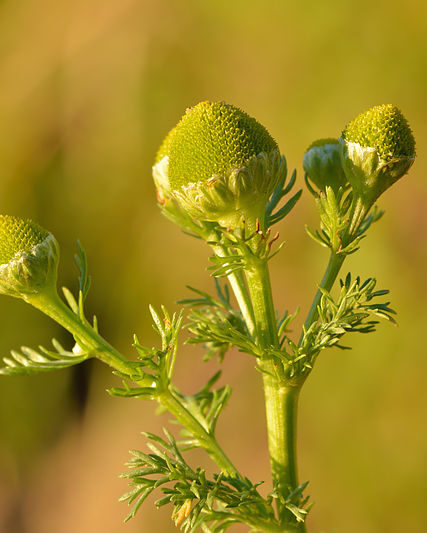Stop Stinknet in Pima County
Stinknet is an alarming invasive plant which threatens our communities by destroying biodiversity with its aggressive growth, causing fires when the plants dry and emitting toxic gases when burned.
Only YOU can help us stop the spread
Find it. Remove it. Report it.
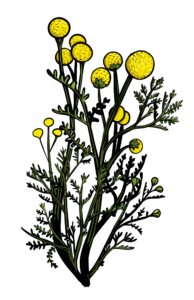
ACT NOW
Find it
- Look for spherical, yellow flowers and dark green, pungent carrot-like leaves
- Watch for it: while driving (safely,) when walking your dog, or hiking
- Use our map to find what was reported around you last year
Remove it
- Dig all plants out from the roots
- Put flowering plants into a bag to prevent seed spread
- Stinknet is NOT toxic to most people, but wear gloves/masks if you prefer, or know you have sensitive skin or lungs
EVENTS ALERT!
Want to help, but looking for a group? Check out the Arizona Sonoran Desert Museum’s volunteer page for opportunities to pull stinknet with others and learn more from experts! Stinknet removal season goes from February to around April.
NOTE: Not all events by the Desert Museum are stinknet-related.
HOW TO ID?
Stinknet, Oncosiphon pilulifer, gets its name from the pungent smell it produces.
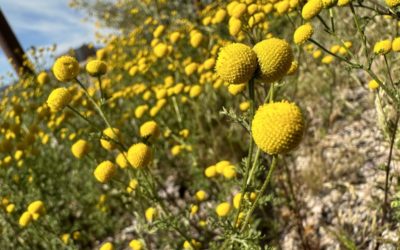 Spherical, yellow-to-gold flowers without petals
Spherical, yellow-to-gold flowers without petals
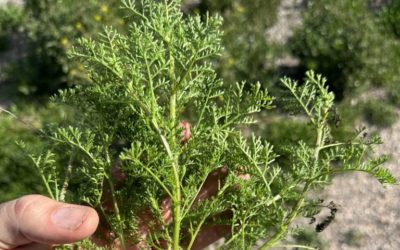
Dark green carrot-like leaves with pungent odor and no hairs
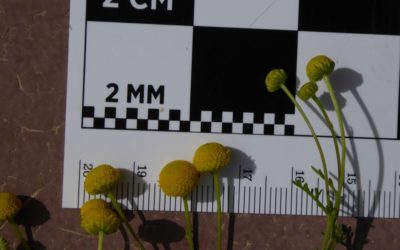
Flowers range in size from a quarter to half inch like a pencil eraser
Dried plant has bronze leaves with rusty, tan flowers
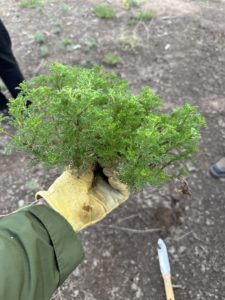
Plant can be anywhere from 2 inches to 2 feet tall growing as a singular plant, or large, wide bush
Look Alikes
Click each image to find more photos of each plant
Photo: Sue Carnahan
STINKNET
- Strong smelling, netlike leaves
- Spherical, yellow flowers without petals
Photo: Max Licher
WESTERN TANSY-MUSTARD
- Long leaves covered in hairs
- Flower color is yellow to white with petals
Photo: Max Licher
AMERICAN WILD CARROT
- Leaves distinguished from stinknet by mild scent and small hairs
- White to cream bunches of flowers
THE THREAT
Stinknet creates “drifts that can cover an entire landscape and choke native plants”
Michael Chandler in High Country News
Large infestations crowd out native wildflowers!
Stinknet can grow in a wide variety of places, including backyards, desert riparian areas, sidewalks, and disturbed or undisturbed soil. Infestations spread rapidly, growing in dense clusters easily displacing native vegetation. Large infestations are extremely difficult to eliminate. Reporting and removing early is essential.
Photo credit: Zach Duncan
Dried plants become a fire hazard!
After the growing season, the plant dries, fueling fires and suppressing native wildflower blooms. It forms dense, highly flammable infestations that release an intensely acrid smoke when burned. This smoke can cause severe allergic reactions, both dermal and respiratory.
HOW WE RESPOND
COORDINATION
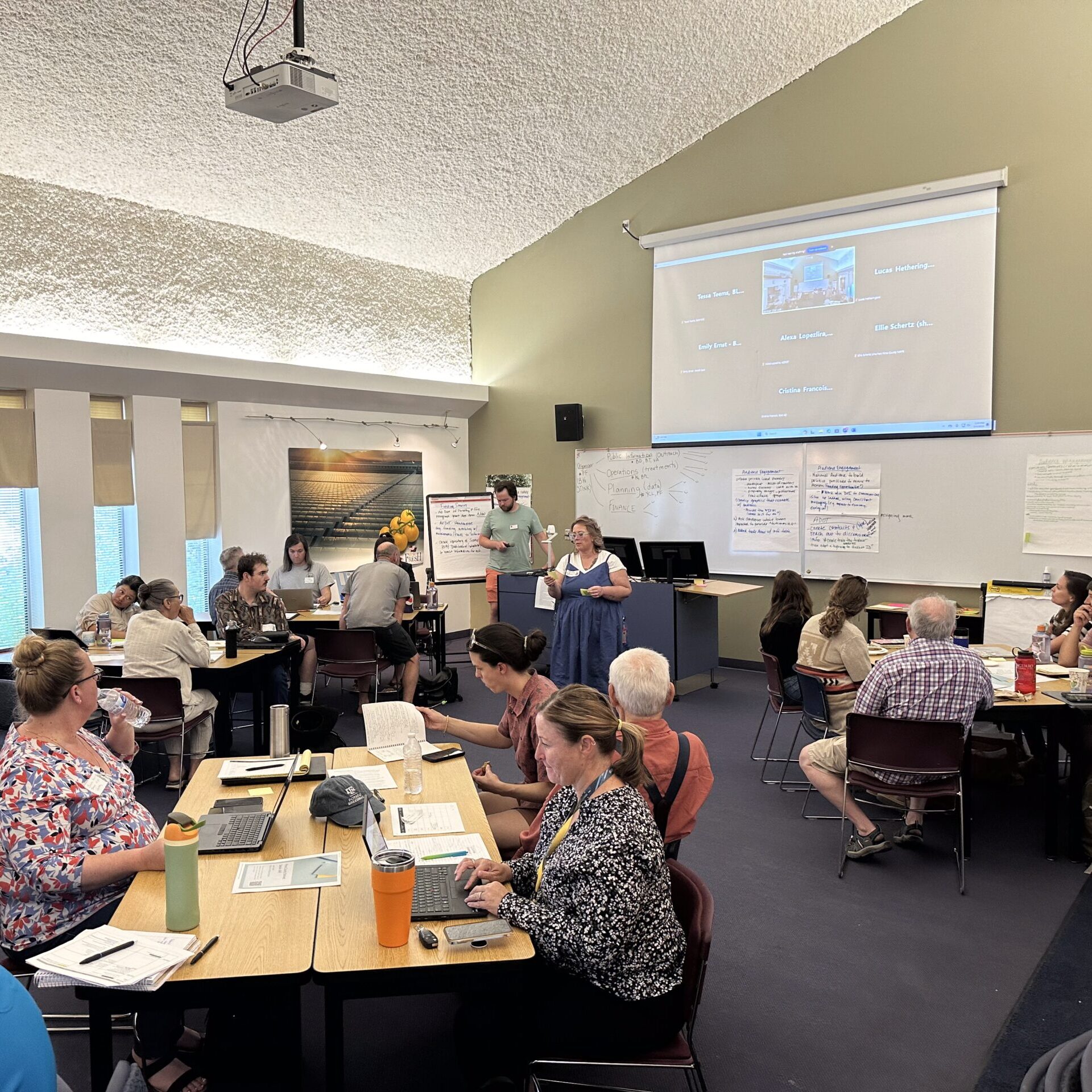
What: Host regular meetings to assess the most pressing issues regarding stinknet knowledge, infestations, and best practices in stinknet removal through the Stinknet Working Group
Why: Combine the strengths of organizations with different expertise and resources to coordinate attacks to stop the spread of stinknet in Pima County
Who: Environmental non-profits and land management agencies at the federal, state and local level
SURVEYING
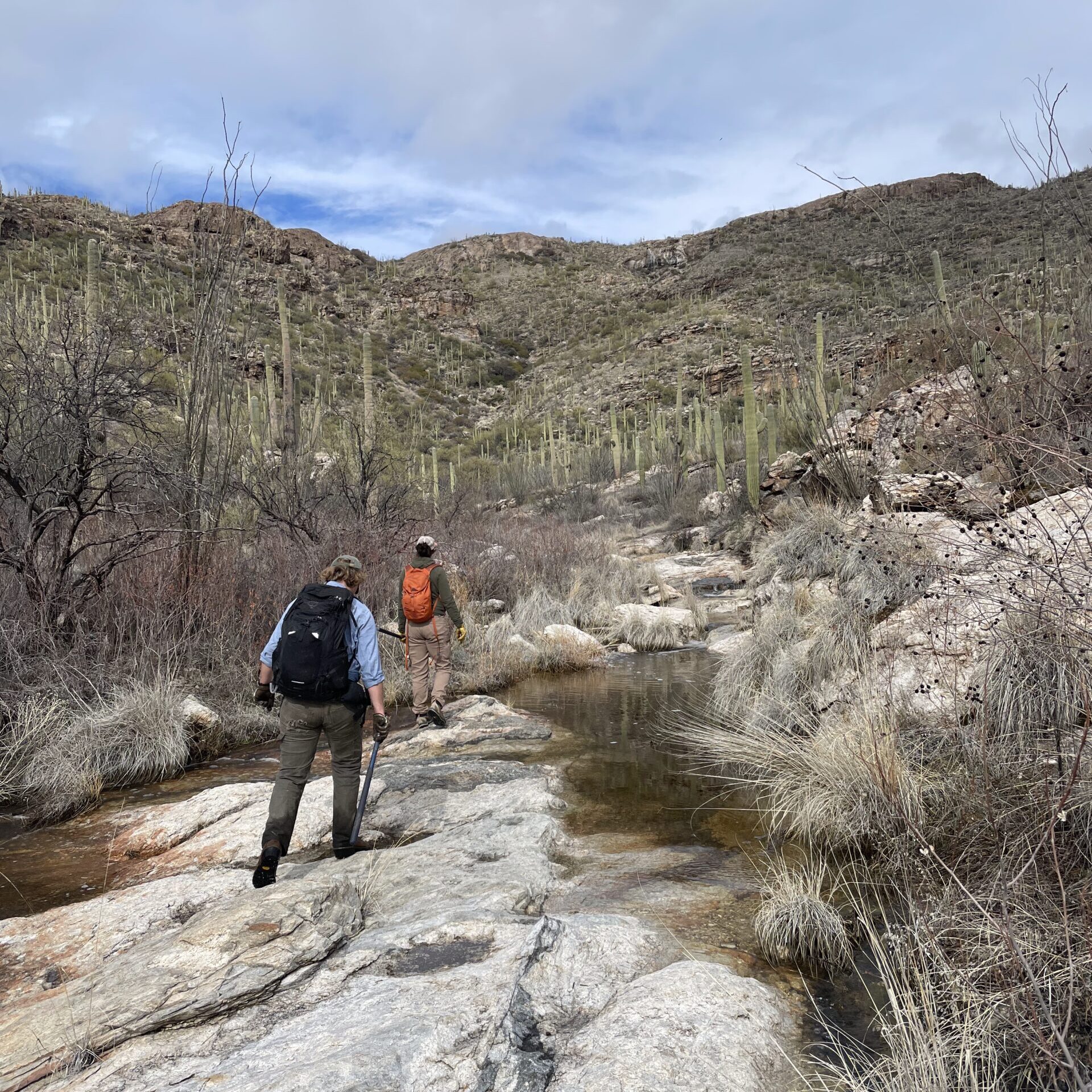
What: Hiking, driving, biking or walking by yourself or in a group to find where stinknet is growing in our community
Why: We can only stop stinknet if everyone is looking. There are insufficient professionals to scour every possible area, so we need everybody to search and report!
Who: Non-profit professional crews, organized volunteer groups and YOU and any other individual
REMOVAL
Mechanical/Physical
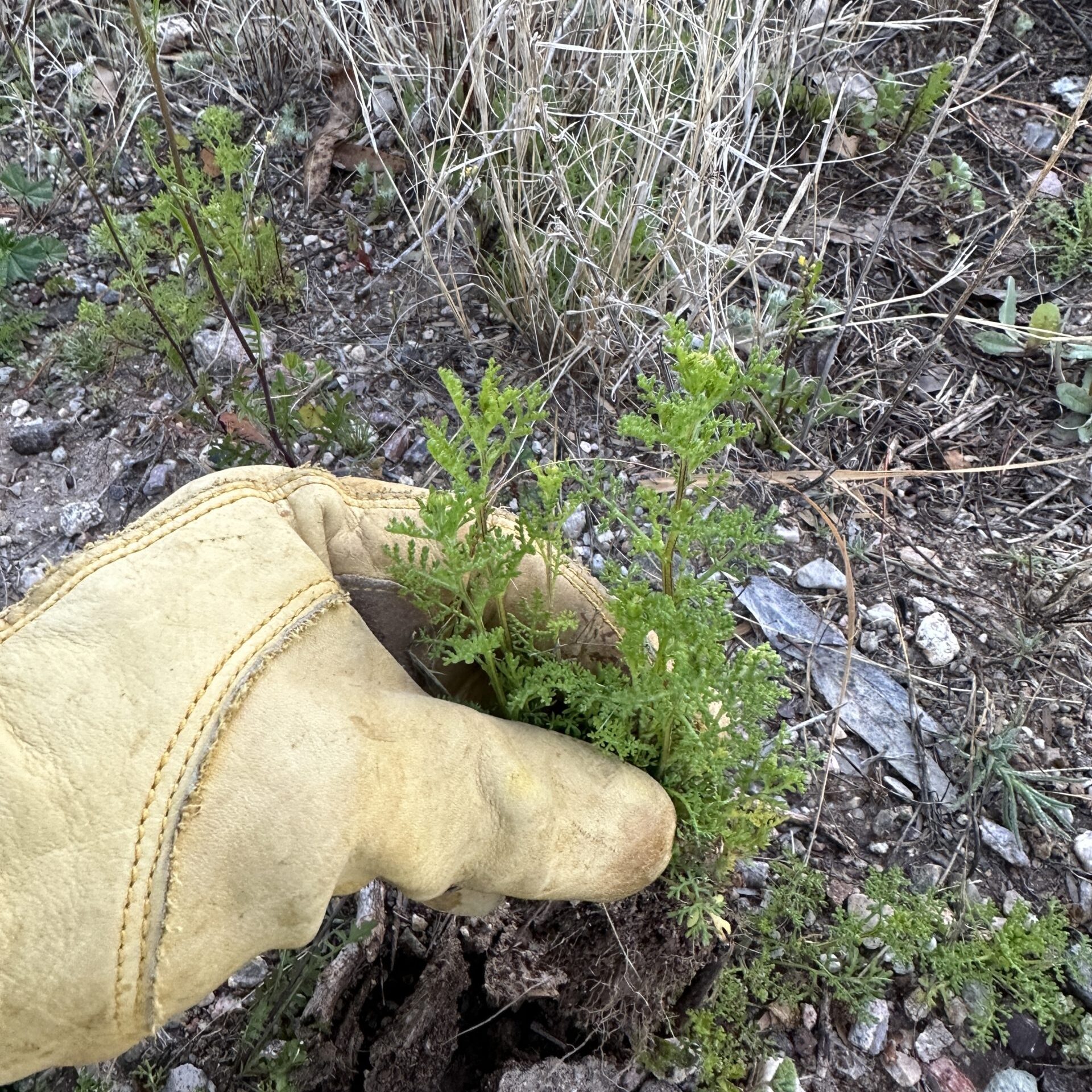
What: Removing stinknet physically by hand or with tools like hula ho or pick making sure to uproot entire plant
Why: Accessible, non-toxic means of removing small to medium sized patches of stinknet in sensitive sites with large groups
Who: Professional crews, federal land agencies, non-profit organizations, local government, organized volunteer crews and good samaritans like you!
Chemical/Herbicide
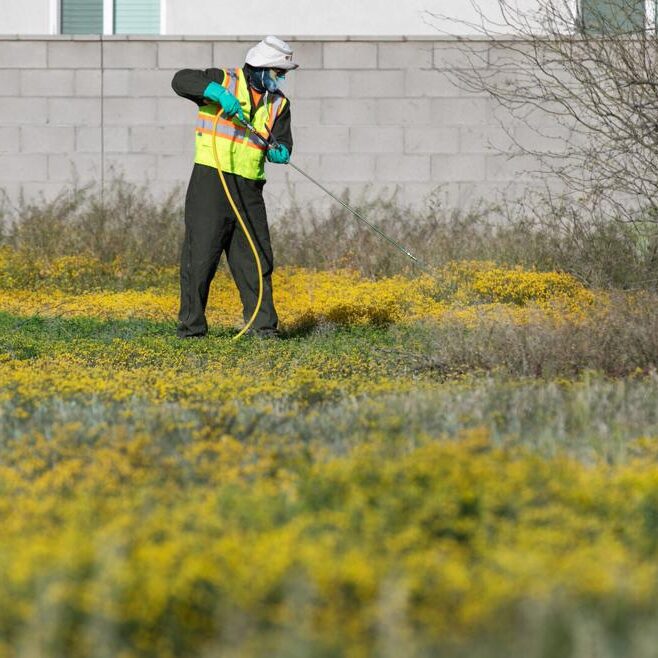
What: Treating large stinknet patches by spraying herbicides which kill the plant either by moving through the whole plant, or by “contact,” by killing the leaves they touch
Why: Stinknet covers hundreds of acres of land. A skilled team of 10 people can easily cover 5 acres in a day which could take weeks for manual removal.
Who: Only by licensed applicators. If you need help, please hire a certified applicator to treat your yard when the infestation exceeds your capabilities
COLLABORATORS
